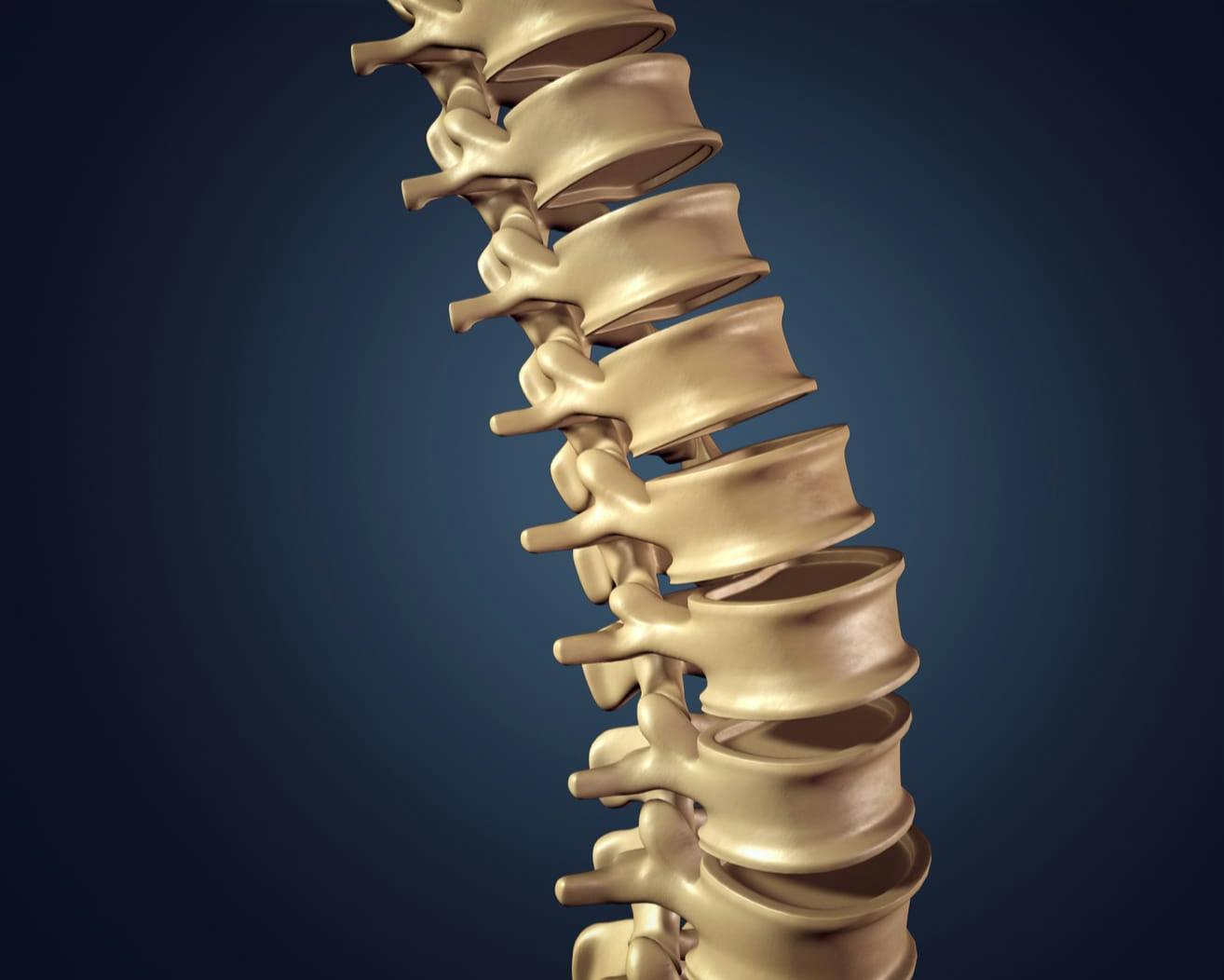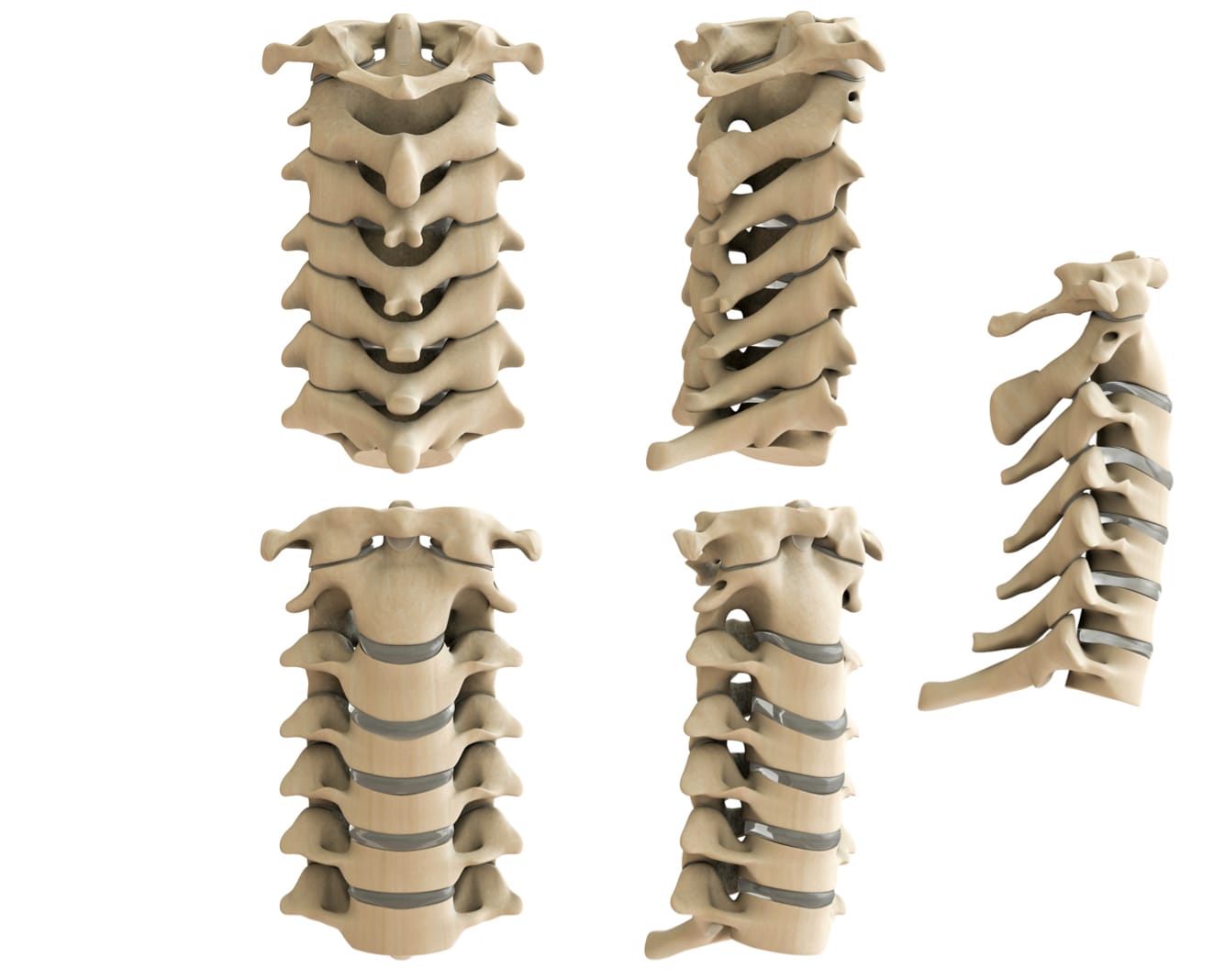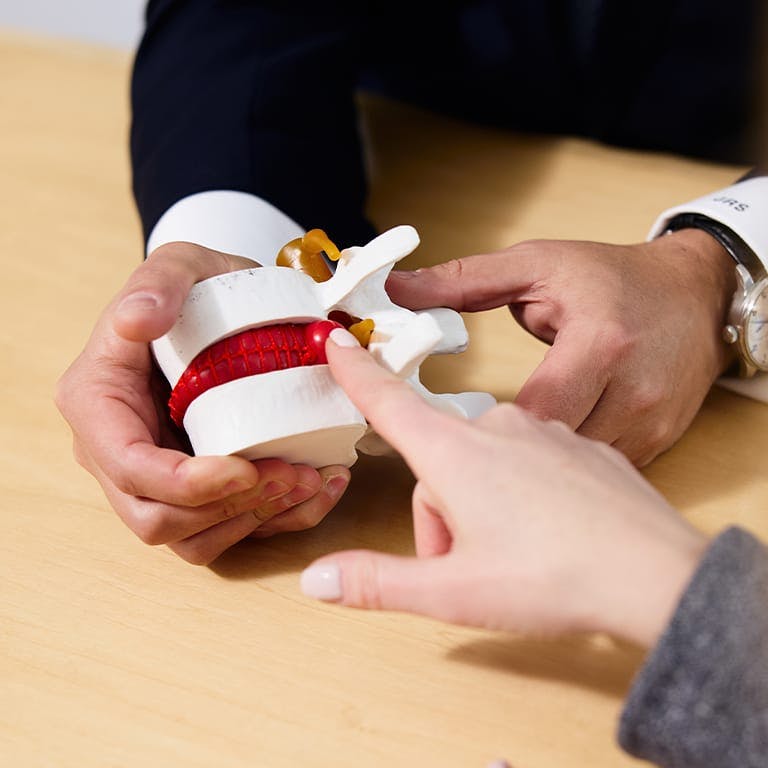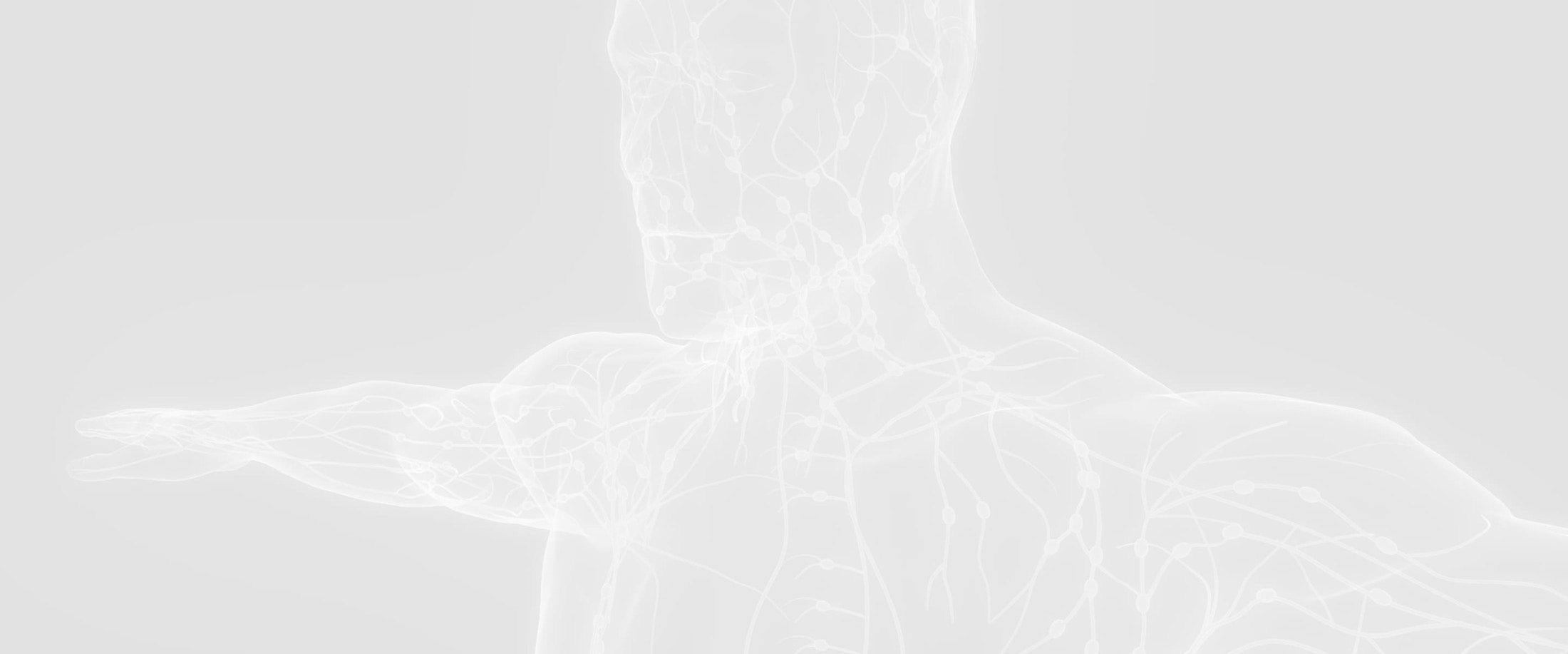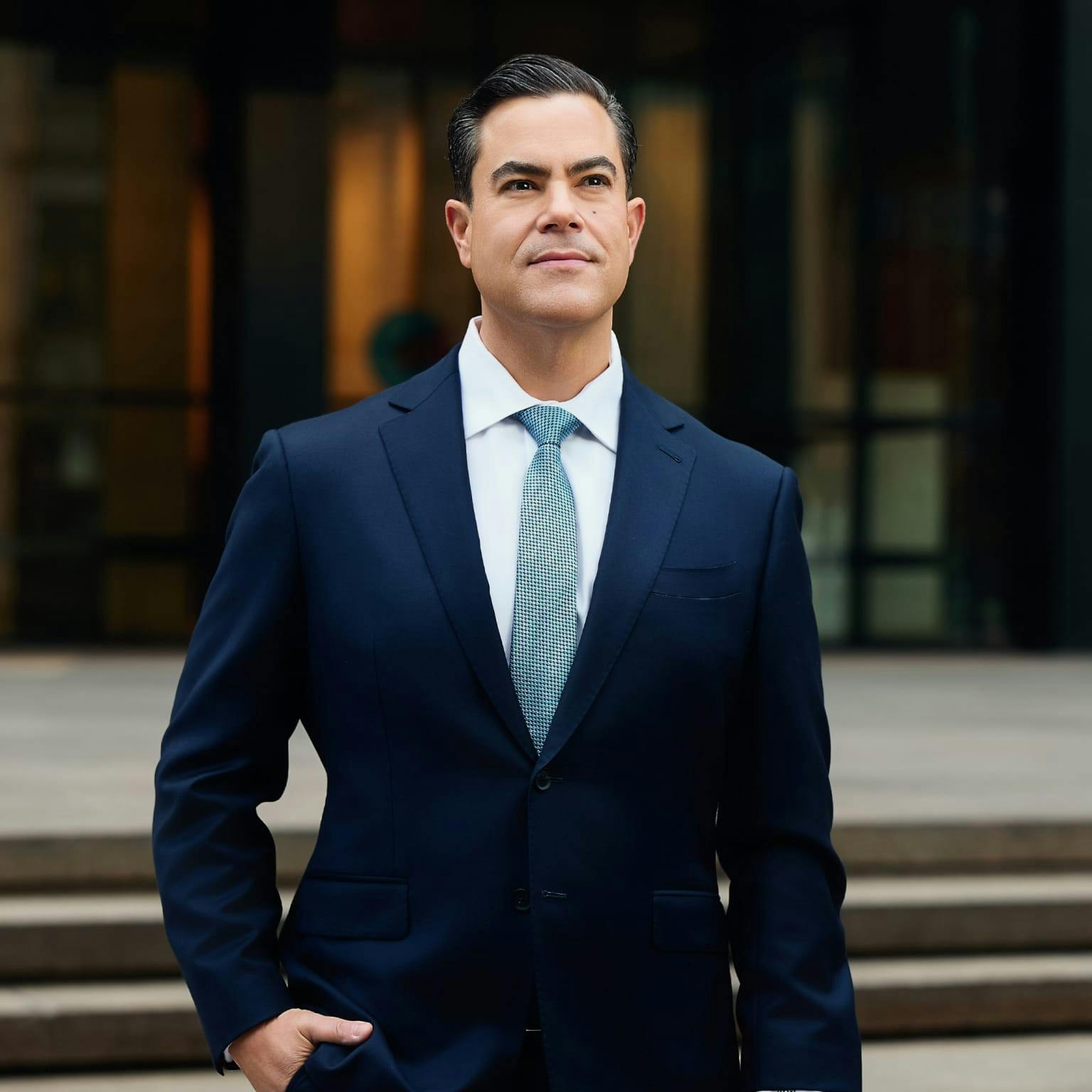Enhance your understanding of spinal function and discover advanced treatment options in Englewood.
Facet Joints, Muscles & Tendons
Facet joints enable bending, twisting, and extending by pairing up the back portions of adjacent vertebrae. Like other joints, each facet joint is wrapped in a connective tissue capsule and produces fluid for smooth movement. In collaboration with intervertebral discs, these joints help regulate flexibility and limit overly extreme motions. Muscles offer stability and power, while tendons anchor muscles to the vertebrae.




